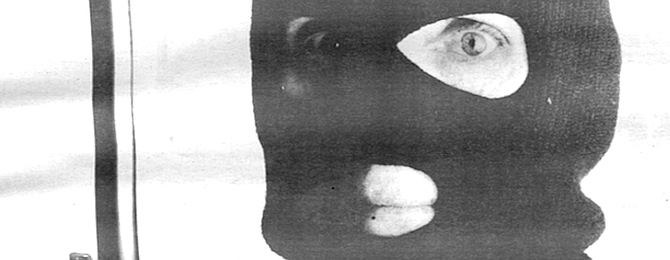
Only faggots, hemophiliacs, Haitians, and junkies got AIDS. The joke used to be that the toughest thing about getting AIDS was convincing your mother that you were a Haitian.
- Is that you?’ the burly black social worker asked me. pointing to a 13-digit code handwritten on a page in a huge and dirty ledger. The code was my Social Security number plus four digits I had selected to guard my identity even further from God knows-who might be prying— my wife, employer, insurance company, or, in my particular case, even the FBI or CIA.
- By John Abraham Fultz III, Aug. 20, 1992
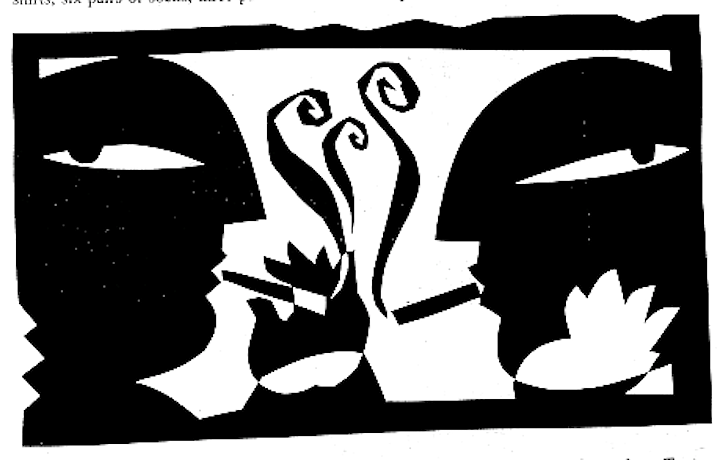
If you still want to smoke, I would suggest loading up on Faros. They are cheap, about 30 cents per pack. Stash your good cigarettes.
- This hand-written manuscript arrived with a request from the writer to withhold his identity.
- I am a third-generation Southern Californian. I graduated from Upland High School in 1962. Unfortunately, it looks like I will spend my 30-year high school reunion in a Mexican prison.
- By Anonymous , June 25, 1992
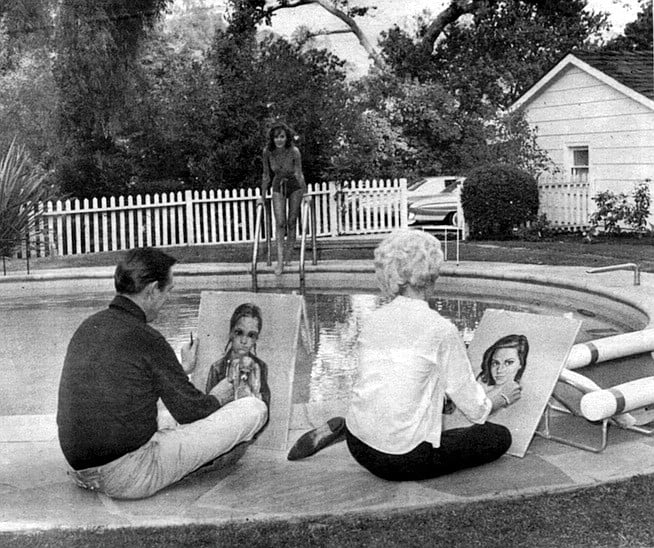
Walter and Margaret Keane sketch young actress Natalie Wood, c. 1961. Margaret: "I painted Kim Novak from a photograph and did Natalie Wood as a big-eye kid myself."
- As cultural archeologist Jim Morton points out in Pop Void, Keane kids were the true pop art, much more a mass phenomenon than Warhol’s Brillo boxes or Lichtenstein’s exploded comics. Keane waifs appeared on collectible plates, were re-created as “Little Miss No Name” dolls, sold by the million as greeting cards,
- By Adam Parfrey, May 14, 1992
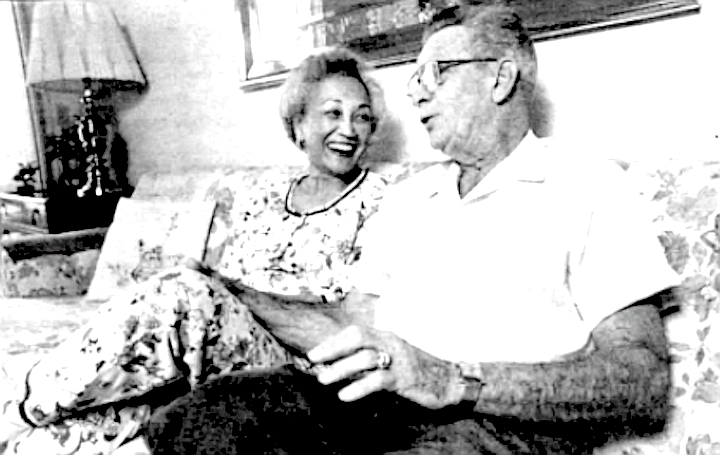
"Each time they didn’t have Veneranda there, I said, 'No, I’m not getting on that plane.' "
Photo by Robert Burroughs
- Our stalemate with the Japs lasted until near the end of March. Several weeks we were in division reserve, and the only thing we did of any consequence was pull what they call sniper patrol around the headquarters and keep Jap snipers from infiltrating through your positions and shooting officers. The officers got where they took their insignias off their shoulders and put them underneath their collar, and they’d come up and talk to you and they'd flip their collar up and let you know what rank they were.
- By Leon Beck, Neal Matthews, April 23, 1992
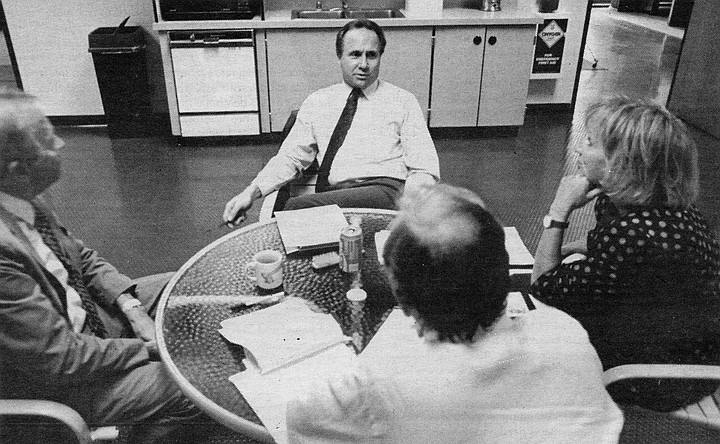
Planning session at KUSI with Van Deerlin, Reagan, Paul Beaver and Danuta (left to right)
- Michael Reagan, former KSDO radio personality, shows up at the City Deli at Sixth and University promptly at 9:30 a.m. He is wearing dark sunglasses, a navy- blue sports coat, white shirt with button-down collar, and Levi’s. He has come, he says, directly from the gym after a red-eye flight from Milwaukee. Despite a receding hairline, possibly because of it, Reagan looks boyish, cherubic, childlike. It is as though he has finally come to embody the thing he has spent his adult life writhing against: a professional child.
- By John Brizzolara, April 16, 1992
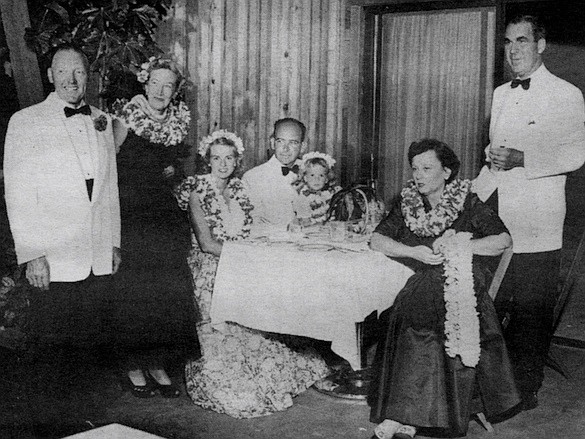
Lois and C. Arnholt Smith (far right) at Kona Kai Club, c.1960. I met my first wife Lois in about 1917. We were in the group that used to go to dances and boating parties.
- C. Arnholt Smith was the biggest player in the old boys’ network that ran San Diego between the 1930s and the early 1970s. The financier and industrialist rose from working-class roots in North Park to control the U.S. National Bank, with almost $1 billion in deposits, and the $200 million Westgate California corporate conglomerate that included National Steel and Shipbuilding, the Yellow Cab Company in major cities in California, an airline, a tuna fleet, canneries, ranches, the Kona Kai Club on Shelter Island, the San Diego Padres, and vast real estate holdings.
- By C. Arnholt Smith, Linda Nevin, Neal Matthews, March 19, 1992
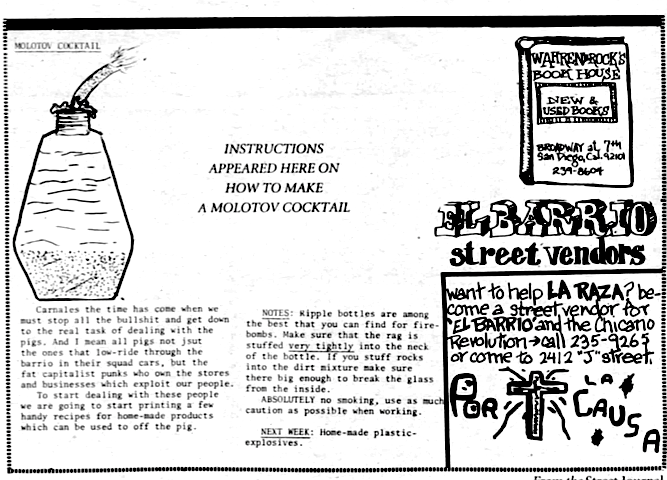
One of the El Barrio pages of the July 3 issue printed directions for constructing a Molotov cocktail.
- San Diego's Free Press (later renamed the Street Journal) was defunct by the end of 1970; the San Diego Door came and went with the Nixon Presidency, 1968 to August 1974.The O.B. Rag fell silent in September 1975, after reporting the pullout of all U.S. forces from Vietnam. But while they lasted, these so-called underground papers made a dent in the city's political ironsides.
- By Neal Matthews, Nov. 25, 1992
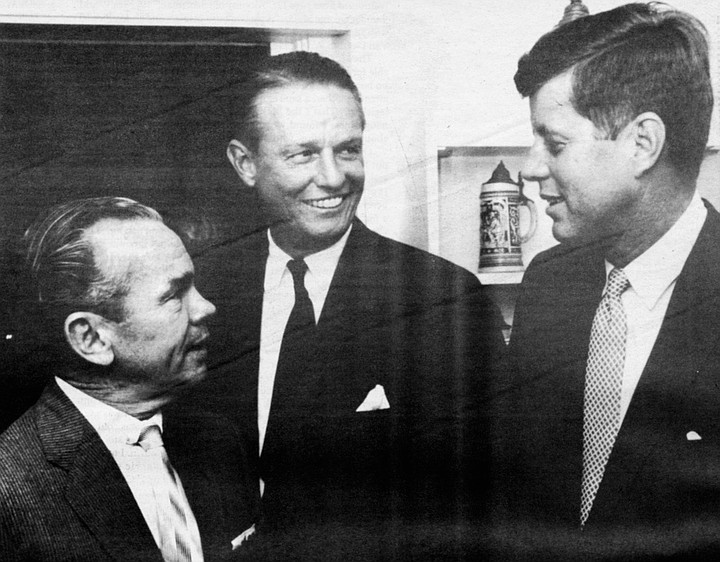
Mckinnon with Jack Vietor (San Diego Magazine founder) and John F. Kennedy, c. 1960. McKinnon’s political leanings were populist-Democrat.
- What, we have here is a profile of Clinton D. McKinnon, Jr., grand old man of San Diego publishing and politics. Such a colorful career you never did see —least ways, not among flesh-and-blood locals, folks you can still bend an elbow with. Is the man beloved? According to old-timers who worked under him in the '40s, when he put out the San Diego Daily Journal on a shoestring budget and paid his employees accordingly, it does appear the man is beloved.
- By Margot Sheehan, Nov. 12, 1992
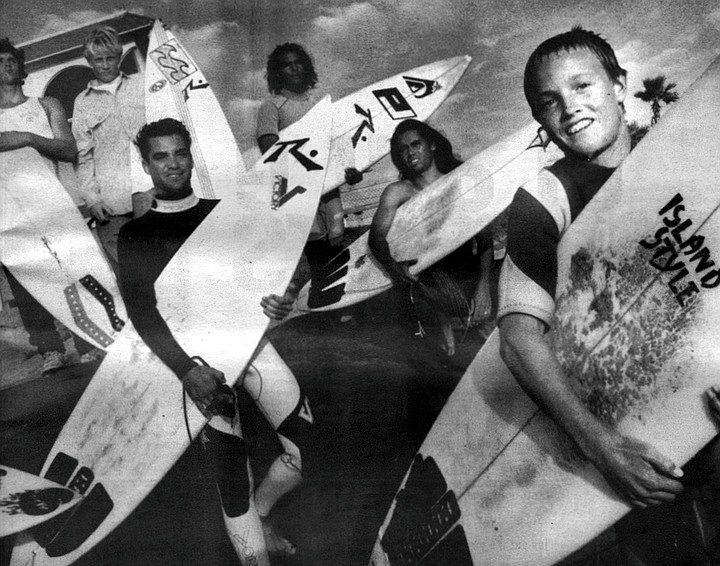
By 1963 Windansea was definitely the place to be.
Photo by Sandy Huffaker, Jr.
- “I surfed the Shores initially, because the older guys wouldn’t let us surf at Windansea,” says surf club member Jim Neri, who grew up in the ’60s and ’70s just blocks from Windansea on Kolmar Street. “There was ownership at Windansea back then,” says Neri.
- By Hoyt Smith, Nov. 5, 1992

Frude breaks his own 14-minute record in removing and replacing both pump and belt. The entire job for parts and labor on two machines comes to $146.65. The woman seems to feel it is well worth it.
Photo by Robert Burroughs
- “When you go into people’s homes, you’re letting yourself into all kinds of things. You see every aspect of life. I used to go down to North Park and East San Diego, and, boy, was that a mistake. That ended real fast. I’m talkin' about Logan Heights and workin’ on this one refrigerator in this apartment complex that was cockroach city."
- By John Brizzolara, Oct. 1, 1992

I personally donated various sums of money to Tom and WAR.
- For 27 years I was a drug dealer. Circumstances have forced my retirement, but it was jolly good fun while it lasted. Naturally many will find this to be offensive, but then, what do you gentle souls really know about “the trade”? The drug trade is merely business. A risky business, but business nonetheless, the bastard child of the great pharmaceutical houses. The demand they created lives on, and we are only here to fill it.
- By James McDonnah Slade, Sept. 24, 1992
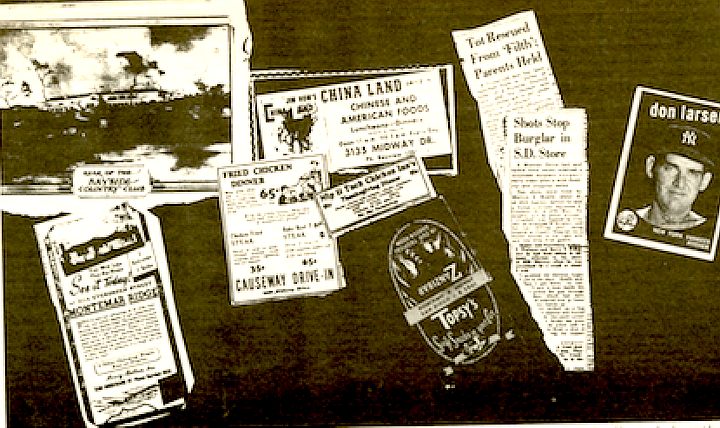
Frontier scrapbook. From left: 1926 drawing of the Bayside Country Club, which was never built. 1941 newspaper advertisement for a Loma Portal housing development built on the same site as the proposed club. (The house pictured is the same one that John and Rosemary McInnins bought a few years later – see story.) 1940s newspaper ads for the Causeway Drive-In (since 1947 Causway Cleaners), China Land restaurant (closed in 1992), Nip & Tuck (closed mid-40s). Matchbook, c 1950, from Topsy’s and Zanzibar. 1949 front-page stories about crimes in the Frontier district. 1959 baseball card for Yankees pitcher Don Larsen, who grew up in the Frontier project during the 40s and went to Point Loma High School.
- Don’t look for Frontier in the Journal of San Diego History or in any of those big picture books that Neil Morgan used to crank out. The only people who really remember the project are the people who lived there. Old timers who didn’t live there, even folks who drove past Frontier every day, will give you all kinds of cockeyed answers when you ask about it.
- By Margot Sheehan, Sept. 10, 1992
 Facebook
Facebook
 X
X
 Instagram
Instagram
 TikTok
TikTok
 Youtube
Youtube
























